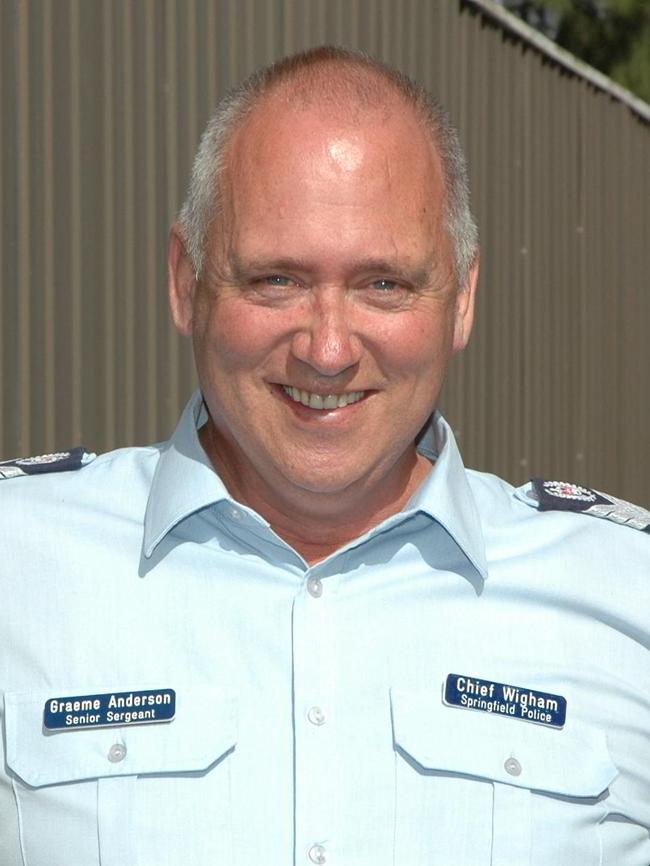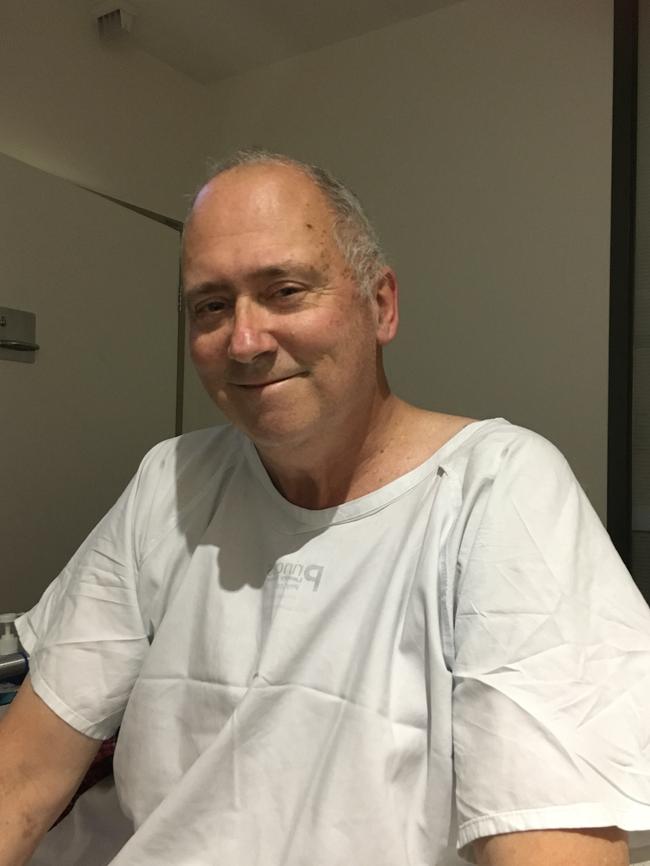Rare blood cancer drug Brukinsa to be listed for the first time on Pharmaceutical Benefits Scheme
Graeme Anderson had just finished seven days of night shift when he first noticed something didn’t feel right — and it would forever change his life. This is his story.
National
Don't miss out on the headlines from National. Followed categories will be added to My News.
Graeme Anderson had just finished seven days of nightshift when he first noticed something didn’t feel right.
The former police officer put it down to exhaustion. That was until he started noticing mysterious bruises the size of tennis balls appearing on his legs and abdomen.
The grandfather of 10 was diagnosed with a rare form of blood cancer known as Waldenstrom Macroglobulinemia (WM). It is so rare just 100 Australians are diagnosed each year with the illness.
But Mr Anderson, a 35-year-veteran with Victoria Police, counts himself among the “lucky ones”.


“I had several sessions of chemotherapy and similar treatments, but eventually they were not helping,” Mr Anderson said.
“In 2018, I was going downhill quite fast and was very weak.”
He was eventually put on a clinical trial for Brukinsa, which he said gave him a “second chance” on life.
“Within several weeks, I went from having no energy and very weak, to feeling almost normal. The blood tests showed improvements in all areas,” Mr Anderson said.
“My strength slowly returned and I currently feel quite normal. I could now see that I had hope for a future”.


From July 1, the drug Brukinsa – which was approved in October last year by Therapeutic Goods Administration – will be listed for the first time on the Pharmaceutical Benefits Scheme (PBS) for WM.
Prior to Brukinsa, patients had no other treatment choice but chemotherapy which damages the normal human cells as well as cancer cells. This can result in side effects and increase the risk of other cancers developing in the future.
However Brukinsa, which has been nearly a decade in the making, is the first targeted therapy to be listed on the PBS for the treatment of WM.
Head of Lymphoma Service at Alfred Health in Melbourne, Professor Constantine Tam, said patients suffering from WM had a life expectancy of eight years following diagnosis.

“Until now, there is no specific therapy designed for WM, and treatment is using chemotherapy which are ‘borrowed’ from other blood cancers,” Prof Tam said.
“Although chemotherapy tends to be effective in the short to medium term, the cancer eventually becomes resistant to repeated exposure to chemotherapy.
“And the patient typically dies from WM at eight years after starting chemotherapy,” Prof Tam said.
He said the drug will be important for “two groups of patients”.
“When WM becomes resistant to chemotherapy, patients previously have no treatment options and die of their cancer,” he said.
“Brukinsa is effective in these patients and provides a new “lease of life”. We estimate the average duration of disease control to be in excess of five years.
“Also, many patients with WM are too old or frail to receive chemotherapy. For these patients, Brukinsa provides a better tolerated way to control their cancer.”





